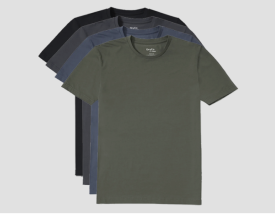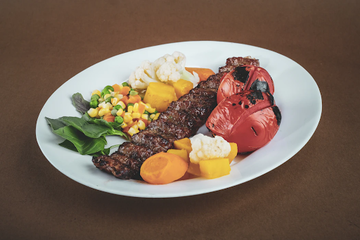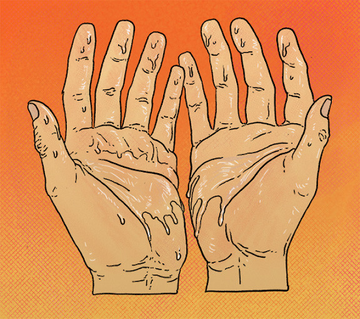Bite into a scotch bonnet pepper and you’re bound to sweat - unless you’ve got high tolerance, of course. But some people sweat while eating foods that are far less spicy. These individuals often have what’s known as gustatory hyperhidrosis - a type of excessive sweating triggered by certain foods. Maybe you can relate. This post will examine what foods typically trigger sweating and can be done to minimize it without feeling too deprived.
The Origins of Gustatory of Hyperhidrosis
Also known as Frey Syndrome, gustatory hyperhidrosis, was first reported by Dr. Jules Baillarger, a French neurologist. He noticed it on two patients who underwent drainage for abscesses in the parotid glands. Both patients began to experience excessive facial sweating during meals after the procedure.
It wasn’t until 1923, though, that the disorder received an actual description from Polish physician, Dr. Lucja Frey, whom the condition is now named after. She identified the condition in a 25-year-old female patient who sustained a gunshot in her parotid region. She too, began to sweat heavily during meals after the injury.
And that leads to what research has since discovered and hypothesized ever since. The cause of gustatory hyperhidrosis comes from malfunction of the auriculotemporal nerve that innervates (which means “connects to”) the parotid region. This malfunction may occur due to unknown regions but it often follows an injury to the region such as the ones mentioned above.
Characteristics of Gustatory Hyperhidrosis
The defining sign of gustatory hyperhidrosis is relentless sweating on the cheeks, forehead, lips and behind the ears moments after eating certain foods. Occasionally, a sufferer feels a sense of warmth accompanied by flushing in areas where they sweat.
On rare occasions, there may be some pain in the area. The sweating usually isn’t too pronounced. However, it can be so intense that a sufferer not only feels distracted and embarrassed by it, they seek treatment.
Common Offending Foods in Gustatory Hyperhidrosis
Now here’s the part that may be enlightening or distressing - some foods aggravate gustatory hyperhidrosis. Before we make light bulbs shine (or hearts break) keep in mind that these foods may or may not be triggers for everyone. So don’t fret if you see some of your favourites on the list.
Food & Drinks that Often Trigger Excessive Sweating After Eating
- Spices
- Hot soups
- Tomato sauce
- Chocolate
- Coffee
- Tea
- High-fat milk
- Alcohol
- Salty snack foods
- Fatty/processed foods
Some of these offenders can trigger excessive sweating after eating simply because they’re hot. Like we mentioned earlier, biting into spicy wings (like celebs on an episode of Hot Ones) or drinking steaming hot soup will make you sweat. Others, however, are a little more sneaky. Tomato sauce and chocolate probably doesn’t strike you as a food that causes excessive sweating after eating. Neither does high-fat milk. Nevertheless, if you have a tendency to sweat after a meal, keep an eye out for these items.
Controlling Gustatory Hyperhidrosis - How to Do It
Luckily, only 10% of sufferers will need medical treatment for gustatory hyperhidrosis. It still needs to be managed, of course, but you can do so with some pretty straightforward lifestyle choices.
One starting point is to consider an elimination diet. If you notice that excessive sweating after eating only occurs at certain times, then it could be that certain foods are the cause. Consider eliminating some of the foods mentioned in the list above.
However, if you sweat no matter what you eat, you’ll need more aggressive treatment. Anticholinergic drugs such as glycopyrrolate are a first line of treatment in such cases since they can reduce nerve activity that causes too much sweating. Botox injections administered in affected areas can also bring relief if sweating persists.
In some cases, gustatory hyperhidrosis may be a side effect of certain medications. You will need to speak to your doctor about any medications you’re taking to see if this is a side effect. If it is, they’ll have to adjust the dose.
Apart from these treatments and lifestyle choices, the best way to manage gustatory hyperhidrosis is with a sense of humour and a towel. Seriously, if it’s not too heavy, then it’s nothing to sweat (excuse the pun) - your friends and family won’t make an issue of it. You can also use some helpful anti-sweat hacks such as moisture-wicking cloths/towels or fans to keep you cool.
Want to learn more about hyperhidrosis and ways to manage it? Check out our Neat Freaks blog for helpful tips and insights to control excessive sweating.








